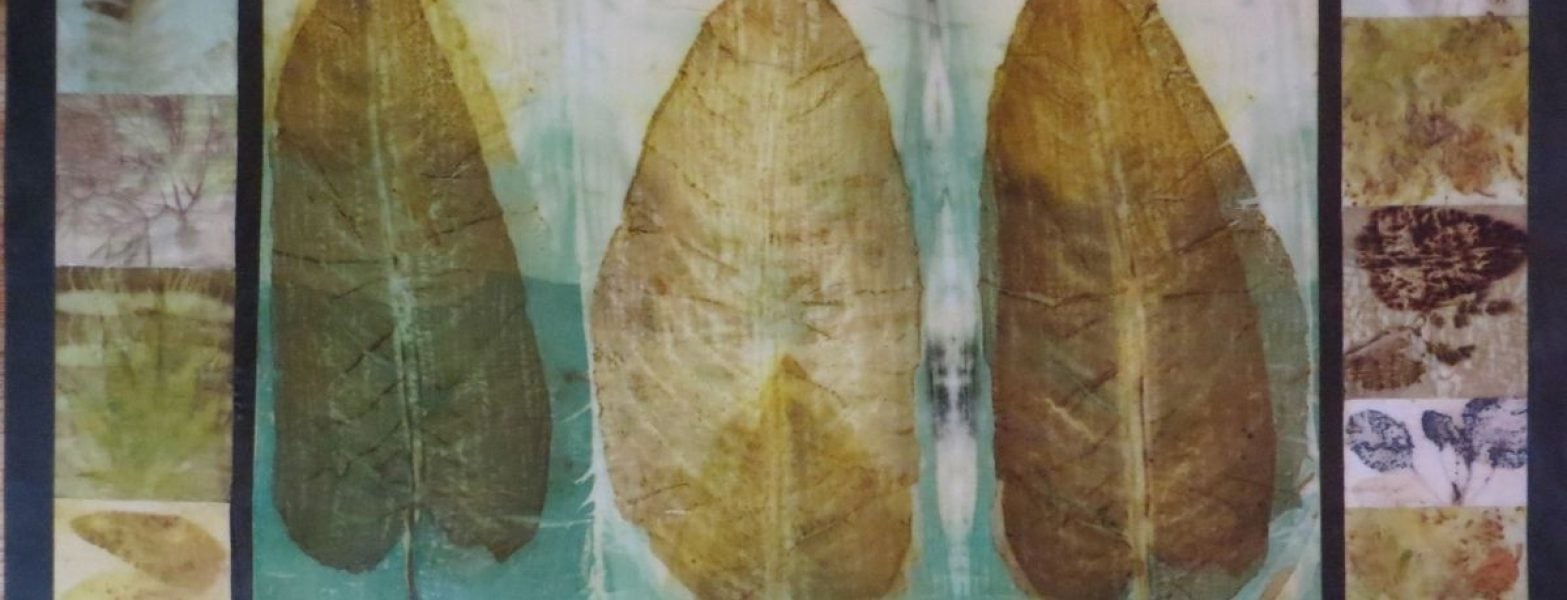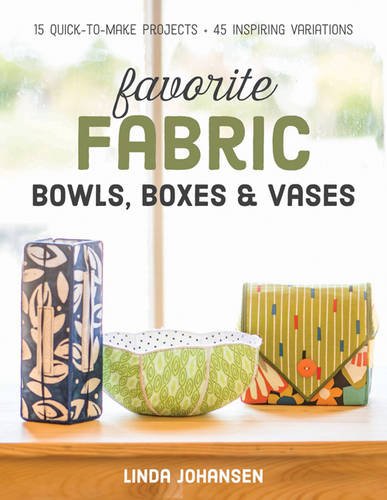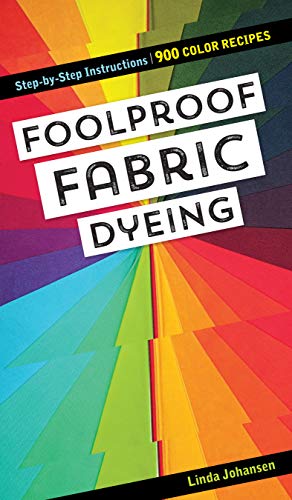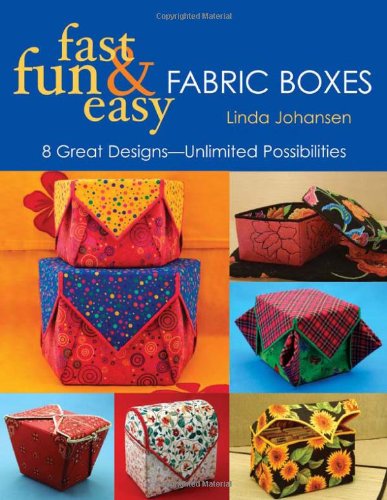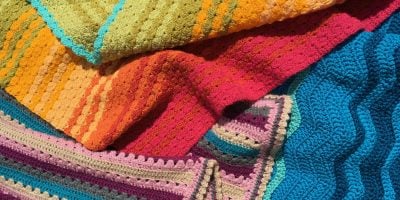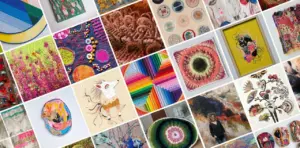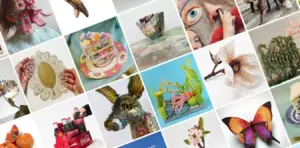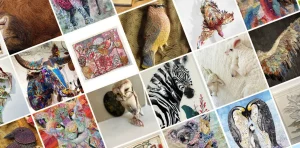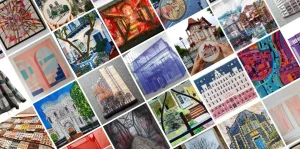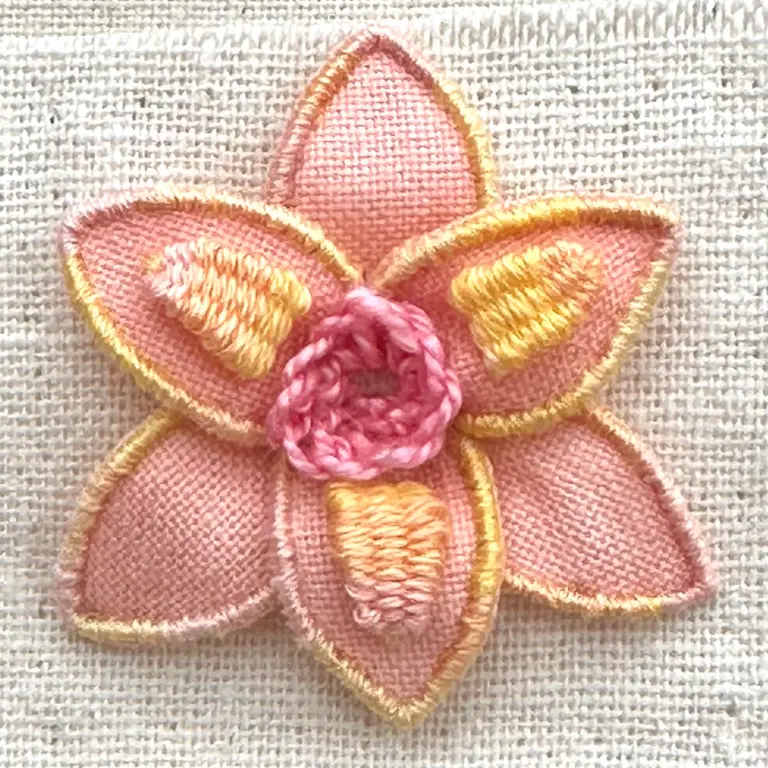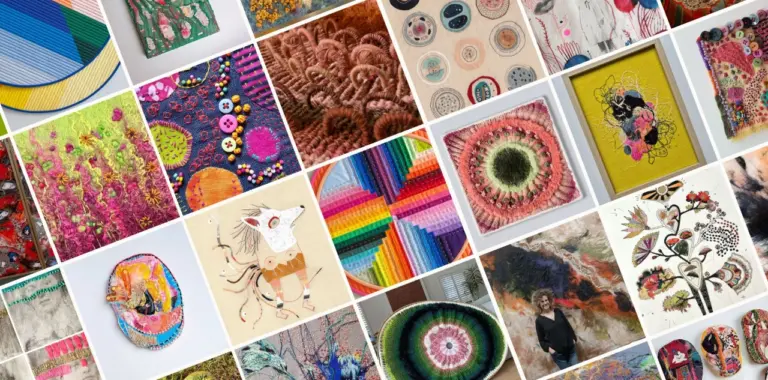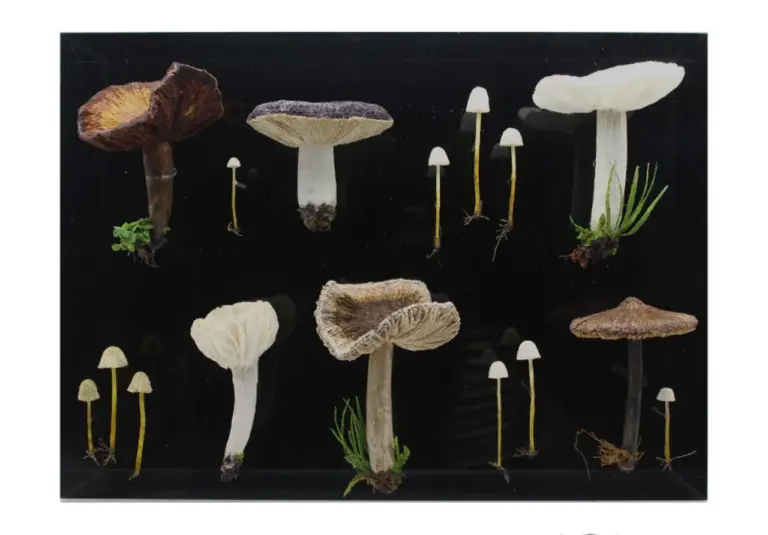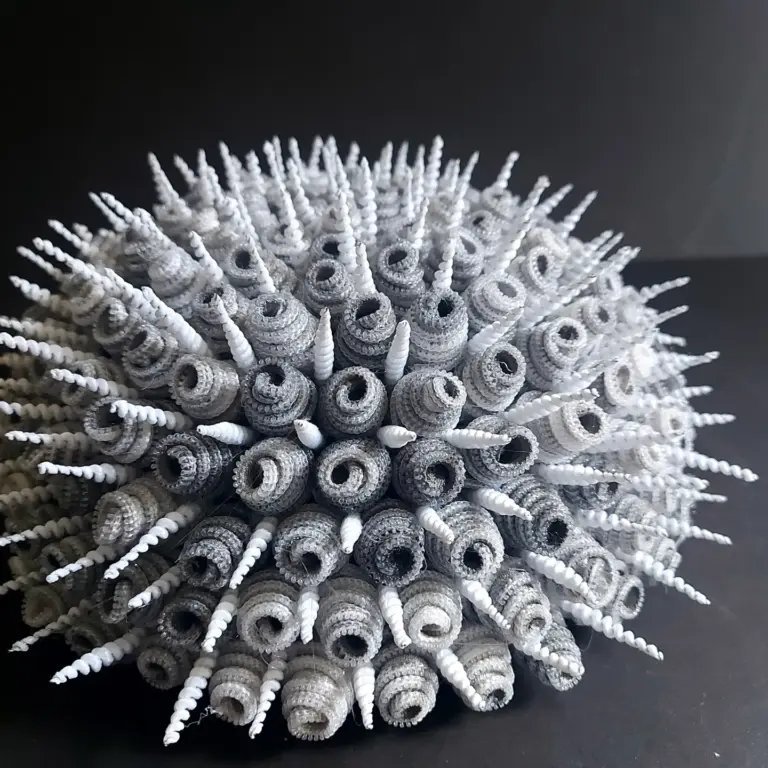Linda Johansen is a quilt artist, fabric dyer, and author of eight great books on quilting, fabric dyeing and 3-D projects.
Taught how to sew at just seven years old, Linda was making all of her clothes by high school. Needless to say, her fascination with textiles never diminished. She’s constantly experimenting with new ideas, and new ways to create unique colours, patterns and designs. Under the company name Linda’s Latest, Linda hand-dyes fabric, makes fabric covered journals, eco print wall pieces, floor cloths, cards and scarves. These are available through Linda, and her books are available through C&T Publishing.
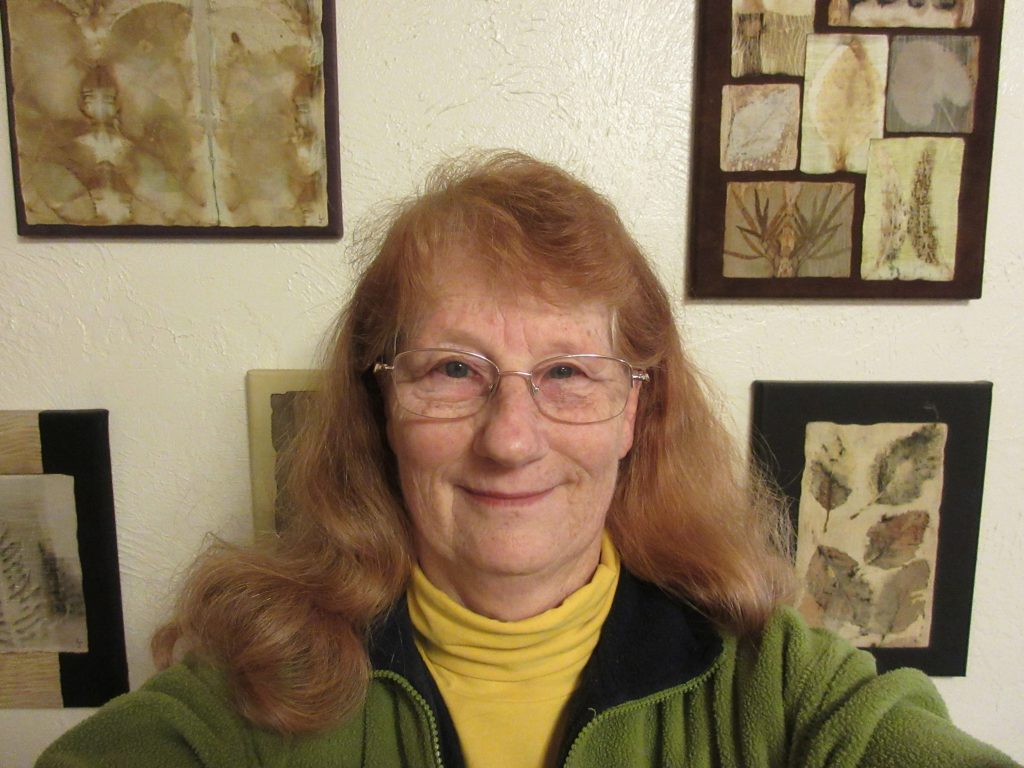
Tell us about the process you’re currently working on – what was your inspiration for it, what is it made from, what is involved and what is it being made for?
I come from a background of dyeing with procion type dyes. Right now I am primarily working on learning more eco print processes. I work mostly with local fauna, so my palette is very earthy colours. I dye on silk. Usually a 10mm, sometimes with a satin finish. I use the small pieces for cards, scarves, prints to hang on the wall, and book covers for blank journals that I make by hand. I am constantly finding new plants, leaves & roots to print with.
Because I am insatiably curious my mind is always filled with what if’s and I am starting to combine the eco printing and procion dyeing. Of course that’s a big NO NO with some eco dyeing folks, but that my “what if” just won’t be silenced! They are coming out beautiful.
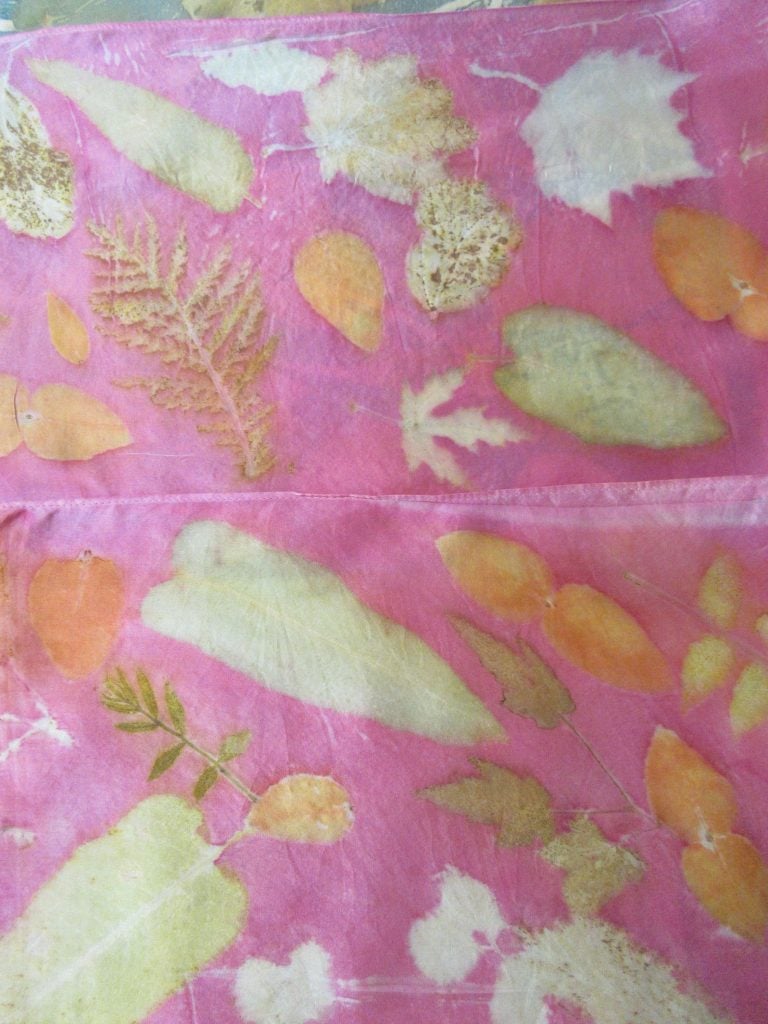
How did you first start off using dye? What was your first dyed piece like?
I started using procion type dyes when I took a class that asked for 100 one yard pieces of solid fabric in a broad range of colors and values. I decided that it would be much more fun to dye my own than shopping for it. That got me hooked. All that turned into a couple of books.
I felt that I knew enough for me about dyeing with procion after dyeing the 900+ pieces for the book, so I started looking around.
Then I found a class locally on eco dyeing with India Flint. She uses her work primarily for clothing, but I don’t sew clothes anymore, so I had to figure out what to do with what I was producing. Making them into wall prints with hand dyed cotton came first, next came cards and scarves and book covers.
I am fascinated with the endless possibilities. Yesterday I dug up some invasive arborvitae roots from the vegetable garden and they were red. I knew the bark printed well, so I tried the roots and …beautiful! I’ve mostly moved on from quilting & sewing, but don’t see the end of eco dyeing.
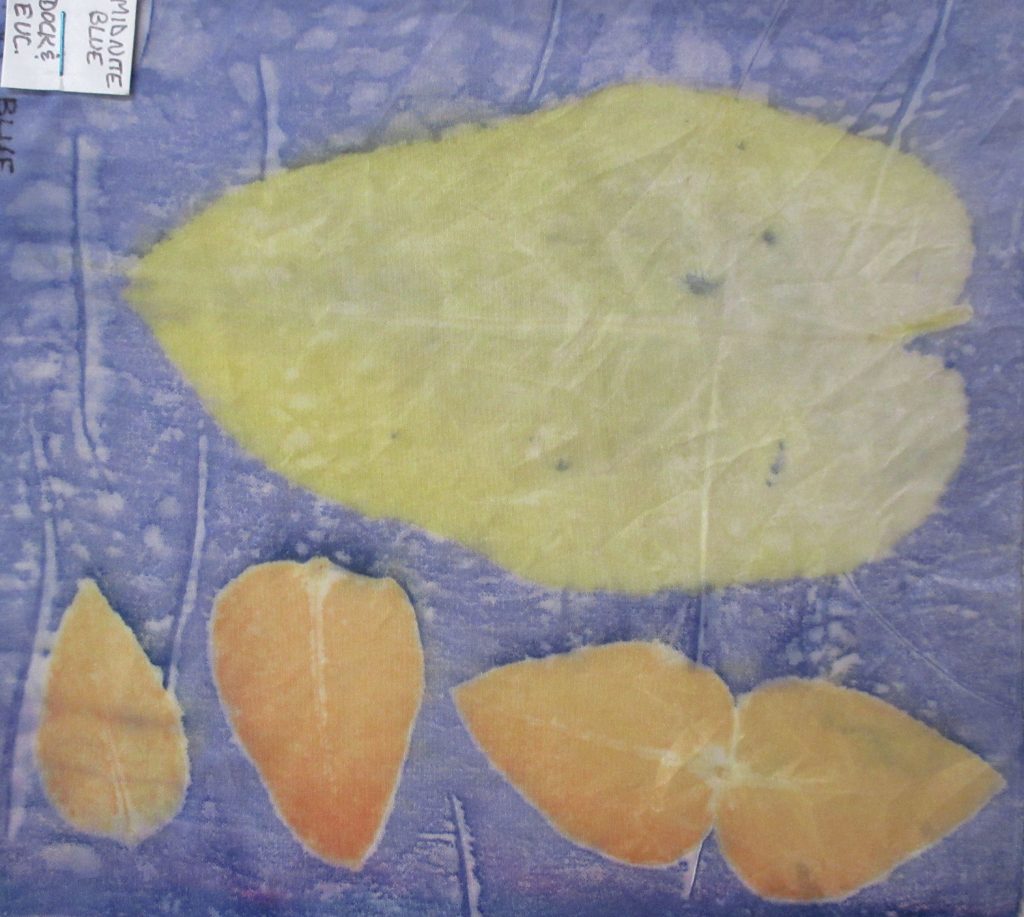
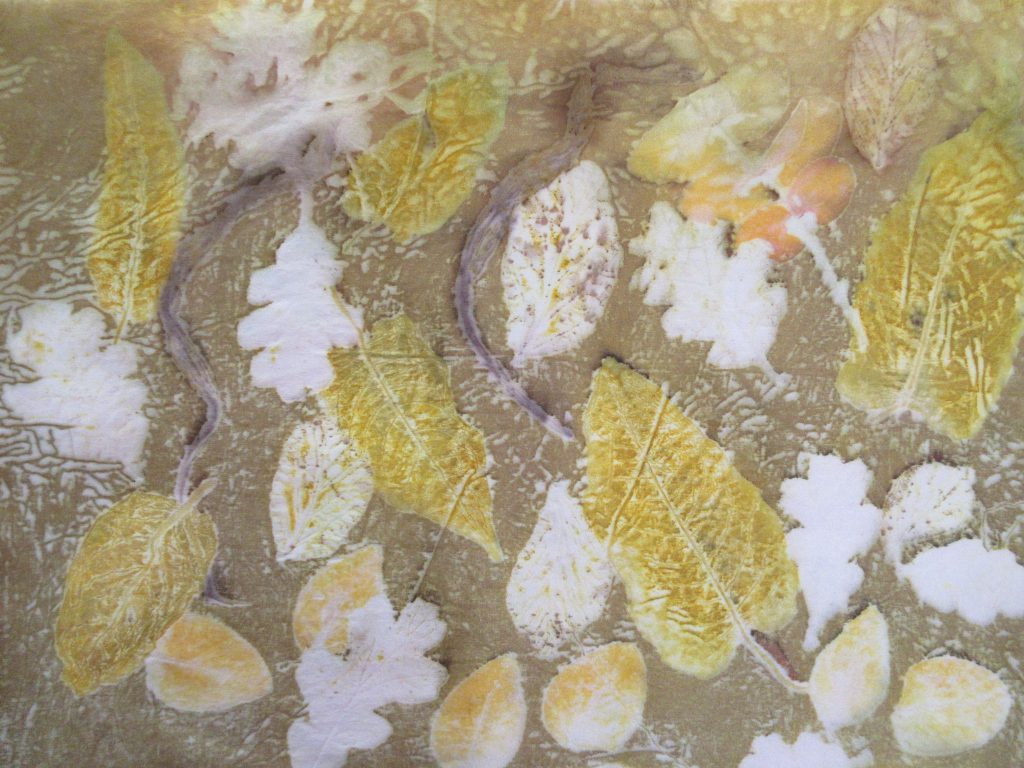
Where do you usually look for inspiration when starting a new piece?
I do a lot of walking (2 border collies!) and gardening, so leaves are everywhere. Again, it’s that old “What if”. There are so many ways to print, so many mordants, fabrics, water, chemicals (salt, vinegar, alum, iron, copper), steaming, baking, wrapping. The dyeing appeals to my more artistic side where as the book making appeals to my more technical side. I love being able to combine the two.
We know from your books that you enjoy taking inspiration from nature to work with, so it makes absolute sense that you’d want to dye in as nature-friendly a way as possible. Was this what first raised your interest in the subject?
My curiosity and seeing the results from just a leaf & fabric is what first got me. It is amazing to me that something so basic and natural can leave such a beautiful and often colourful result. I had to learn more!
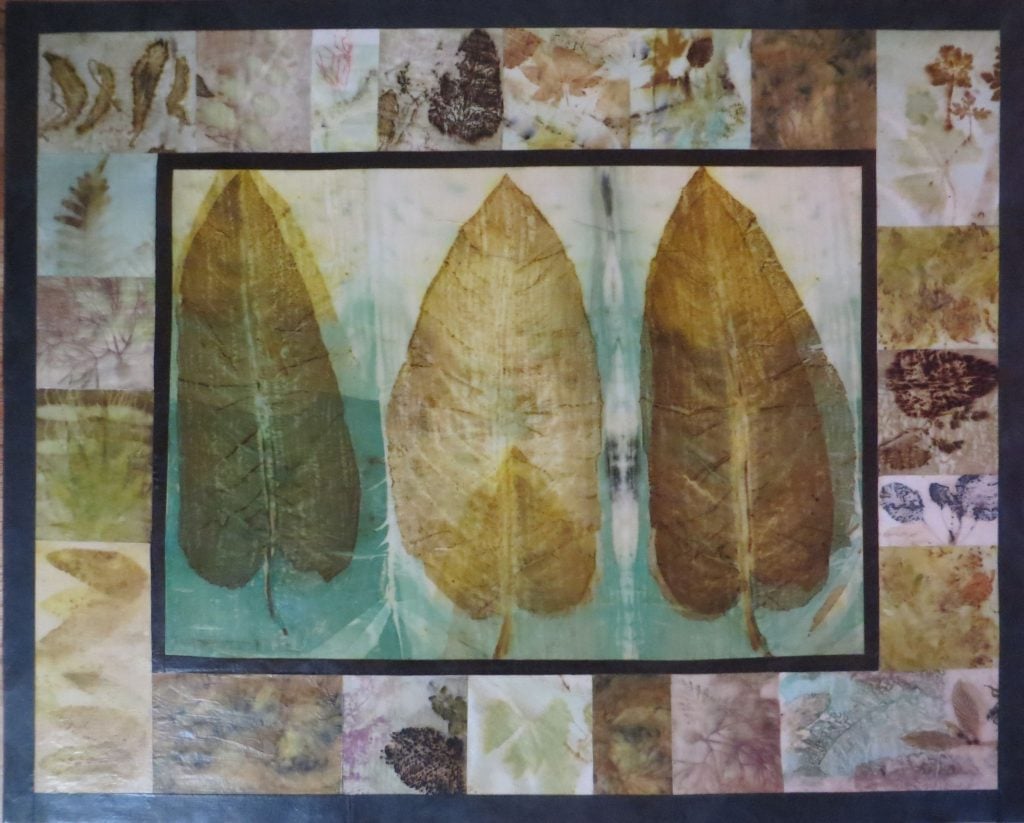
How would you describe eco-dye? What makes it eco-friendly and do you have advice for our students about how they could make their dyeing more eco-friendly?
Eco dye/eco print is using natural flora to put colour on fabric. The harshest chemicals I use are alum (used in cooking), vinegar, salt, and iron & copper soaked in vinegar water. Some of the dyes come from food & spices, and prints can be made from many local plants wherever one lives. All of my waste water can easily go into the city system.
What’s next? Do you have exhibitions or new books underway that you could tell us a little about?
Playing is next! I do vend locally, but that has been put on hold with the COVID restrictions in place. No new books on the horizon for me right now, but C & T does have a new book out that is a spin off my Fast, Fun & Easy Bowl, Box & Vase books : Modern Fabric Art Bowls by Kirsten Fisher.

